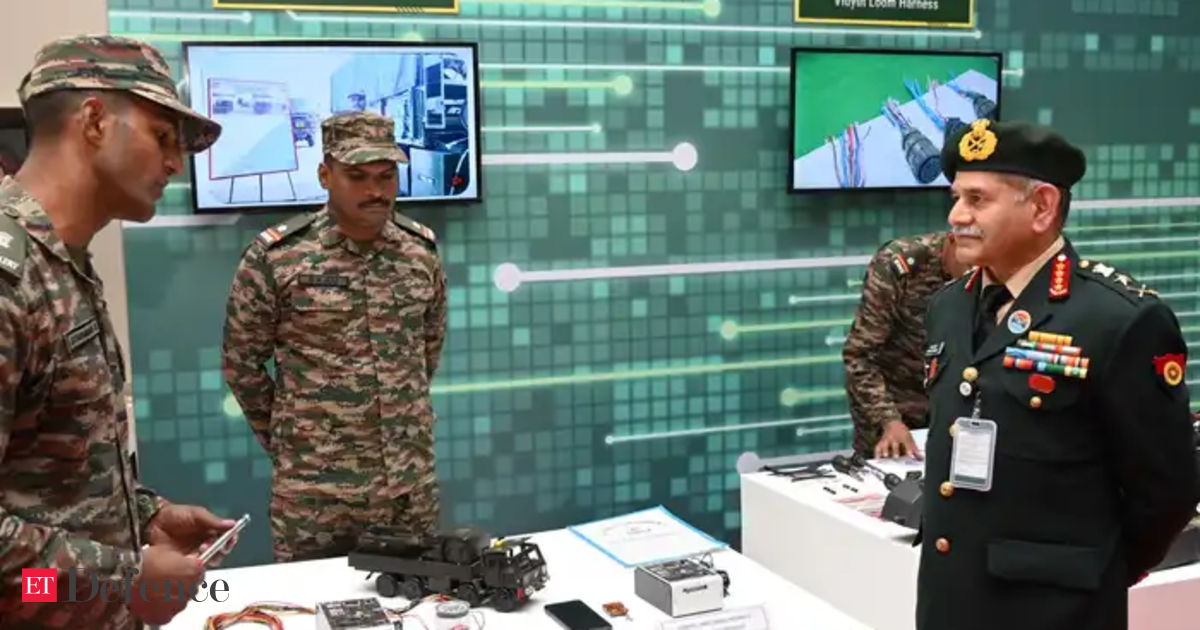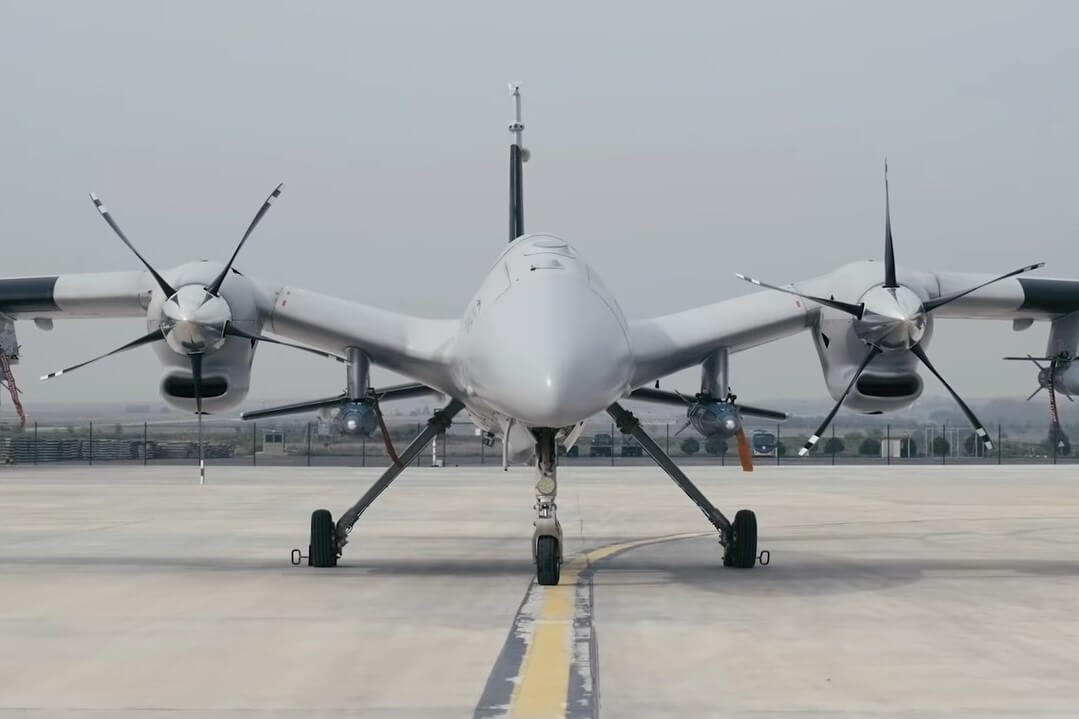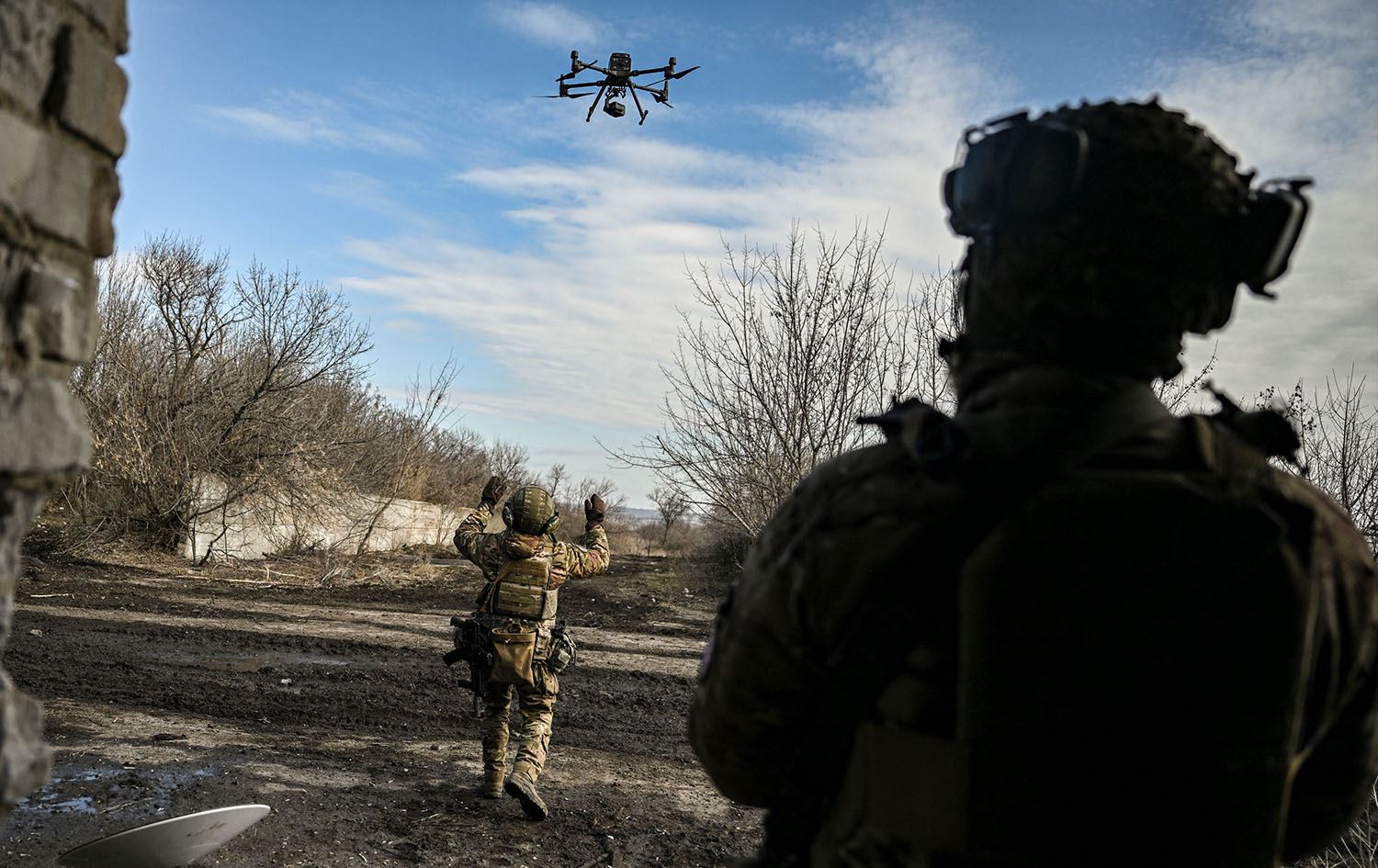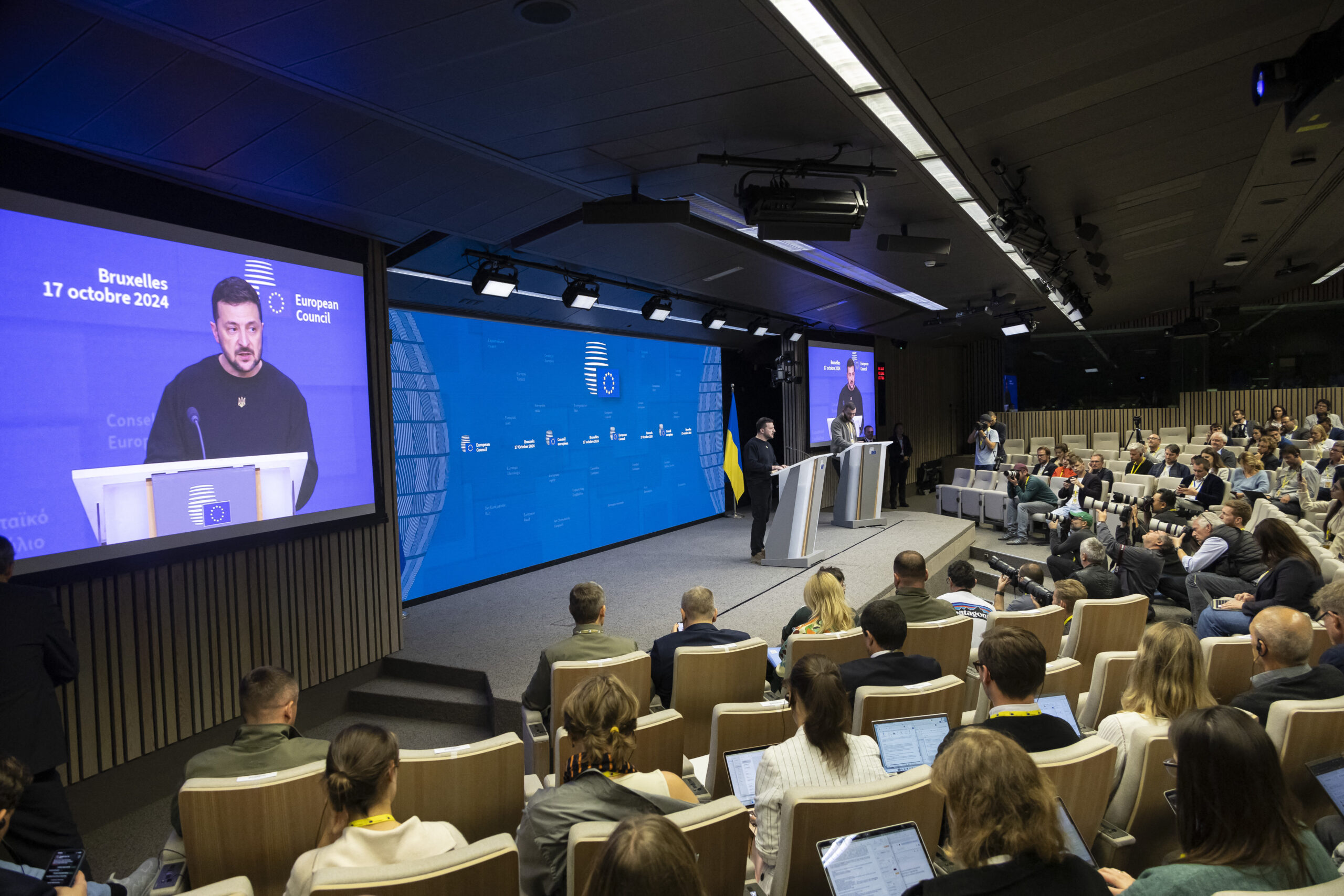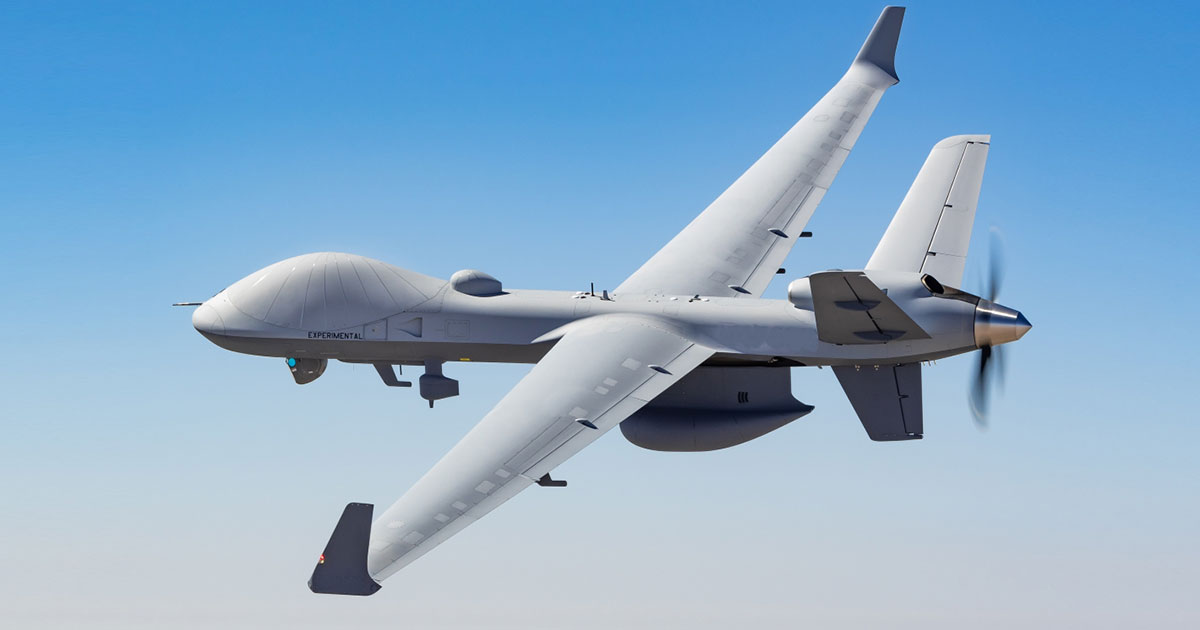Indian Army Hosts Inno-Yoddha 2024-25 to Showcase Innovative Solutions for Enhanced Operational Efficiency
The Indian Army recently convened its annual Idea and Innovation Competition, known as Inno-Yoddha 2024-25, at the Manekshaw Centre. This…
Mali Bolsters Army Capabilities with Acquisition of Turkish Akinci Drones
Mali has significantly enhanced its military capabilities by acquiring Turkish-made Akinci drones, a step seen as crucial in the country's…
Ukraine Successfully Diverts Over 100 Russian Drones Using Advanced Electronic Warfare Tactics
In a significant development during the ongoing conflict, Ukraine successfully diverted over 100 Russian Shahed one-way attack drones last month…
Russia Warns West Against Troop Deployments to Ukraine Amid Escalating Conflict
In a significant escalation of rhetoric, Russia has accused Western nations of ignoring its warnings regarding the potential deployment of…
Japan Maritime Self-Defense Force Selects SeaGuardian Drones for Long-Endurance UAV Program
The Japan Maritime Self-Defense Force (JMSDF) has made a significant advancement in its capabilities by selecting the SeaGuardian remotely piloted…
Spanish Eurofighter Typhoon Jet Conducts First Test Flight with ECRS E-Scan Radar
A significant milestone has been achieved in Spain's military aviation capabilities with the successful test flight of a Spanish Eurofighter…

